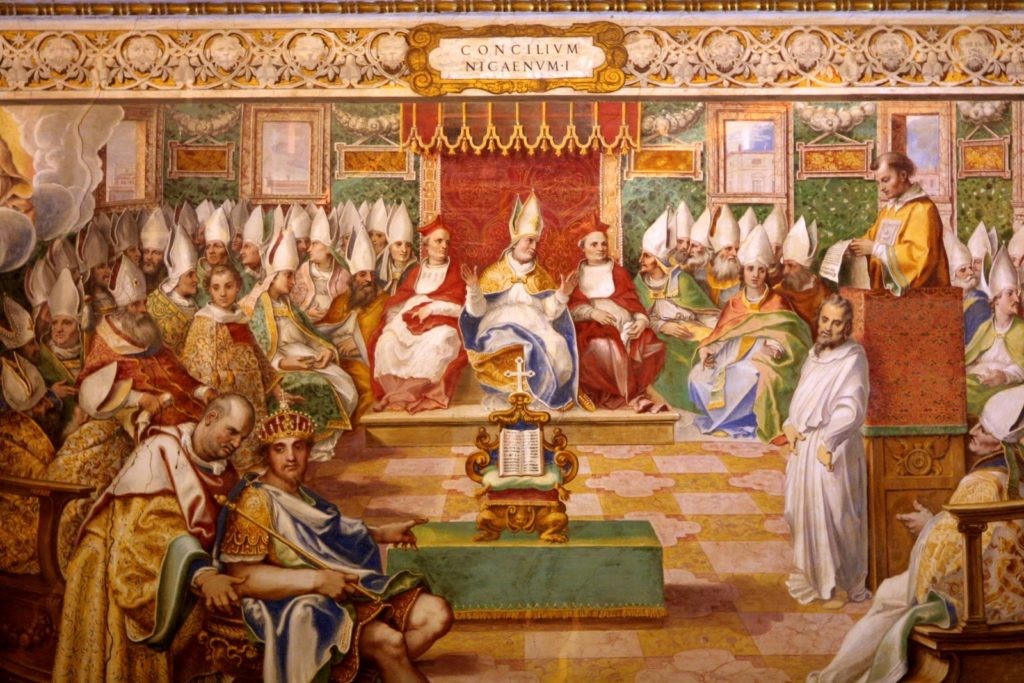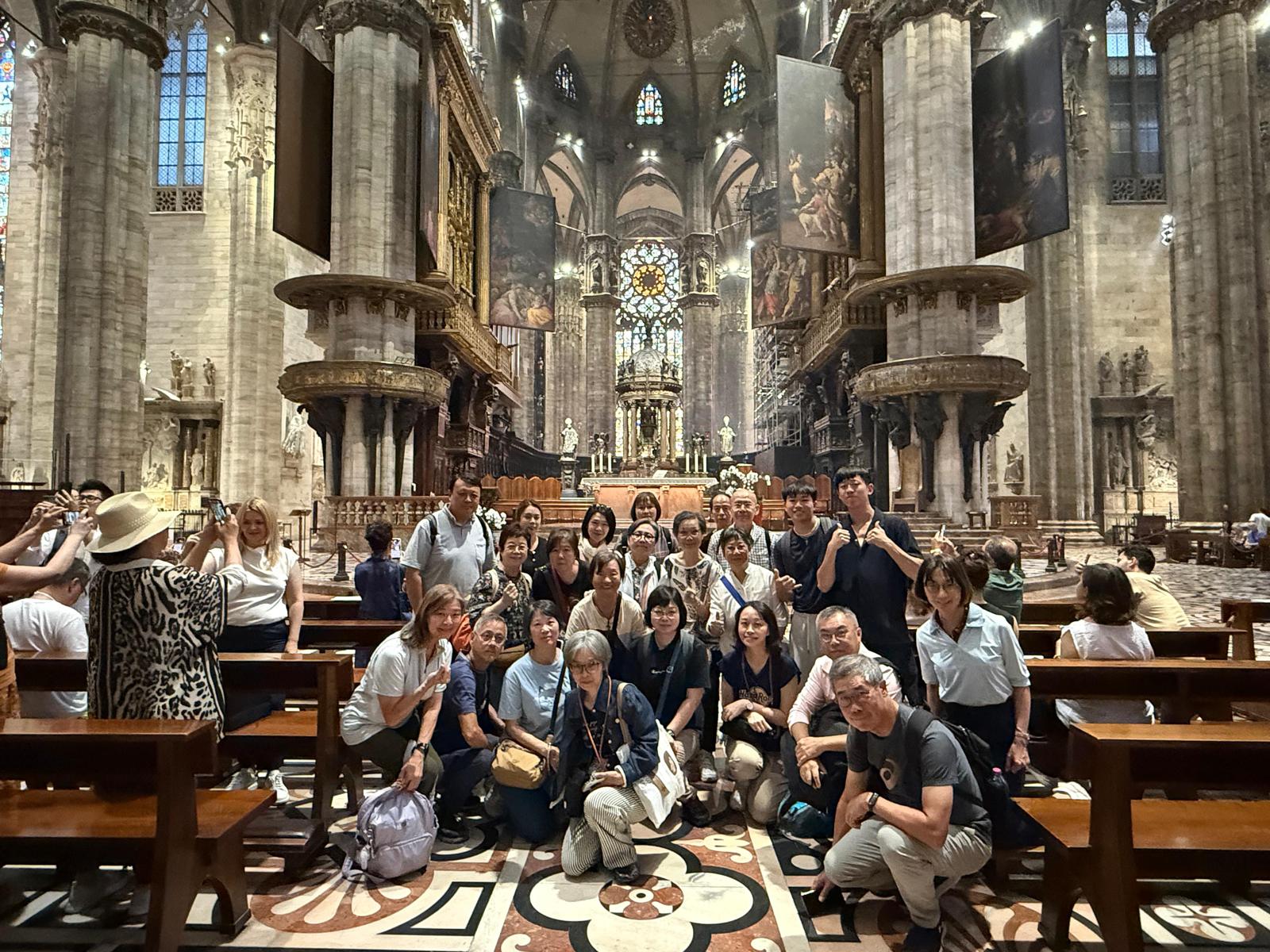– Rev José Mario O Mandía
It was Jesus Christ who introduced mankind to the Blessed Trinity. From the early years of Christianity, Christians held a firm belief in and devotion to the Three Persons in one God. There were some people who tried to explain the mystery of the Blessed Trinity, but while trying to defend the one God, they denied the divine nature of either the Son or the Holy Spirit. They thought that there was a contradiction: how in the world could 3 be equal to 1? These first heresies prompted the Church to define what Christians truly believed.
Arianism, the first of these heresies, denied that Jesus was God (the name of the heresy comes from the priest Arius who lived around 250 – 336 AD). Arians taught that the Logos (“Word”: cf Jn 1:1) was a divine being created by God the Father before the creation of the world. He based this teaching on a passage from the Proverbs: “The Lord created me at the beginning of his work” (Proverbs 8:22–25). Though he was the very first and the most perfect of God’s creatures, this “Son of God” was subordinate to God the Father. He was therefore neither coeternal nor consubstantial with the Father.
To settle the matter and preserve unity in the empire, the Roman Emperor Constantine I convened a council of Christian bishops in Nicaea from May to August of the year 325 AD. The council, attended by around 300 prelates, established the date for the celebration of Easter in the entire Church, promulgated early canon law, and drew up the Nicene Creed which defined the belief that Jesus is God and consubstantial with the Father.
The Creed declared: “We believe … in one Lord Jesus Christ, the Son of God, begotten of the Father [the only-begotten; that is, of the essence of the Father, God of God,] Light of Light, true God of true God, begotten, not made, being of one substance with the Father; by Whom all things were made [both in heaven and on earth]; Who for us men, and for our salvation, came down and was incarnate and was made man; He suffered, and the third day he rose again, ascended into heaven; From thence he shall come to judge the living and the dead.”
The second heresy was known as Macedonianism (because its advocates were from Macedonia) which denied that the Holy Spirit is God. This heresy was also called Pneumatomachianism (from a Greek phrase meaning “fighting the Spirit”).
This led the Roman Emperor Theodosius I to convene the First Council of Constantinople in 381 AD. The Council confirmed the previous Nicene Creed, but expanded it to confirm the Church’s teaching of the Holy Spirit’s Divine Nature. This expanded creed is what is called the Niceno-Constantinopolitan Creed. It is the creed that we usually pray at Sunday Mass.
After adding more details about the Lord’s Passion and Death, it further confirmed Catholic belief “in the Holy Spirit, the Lord and Giver of life, who proceeds from the Father, who with the Father and the Son together is worshiped and glorified, who spoke by the prophets.”
Likewise, it affirmed belief in “one holy catholic and apostolic Church; we acknowledge one baptism for the remission of sins; we look for the resurrection of the dead, and the life of the world to come. Amen.”
In more recent times (30 June 1968 to be exact), these doctrines have been proclaimed anew by Saint Paul VI in an Apostolic Letter in the form of Motu Proprio entitled Solemni hac liturgia containing the Creed of the People of God.


 Follow
Follow


